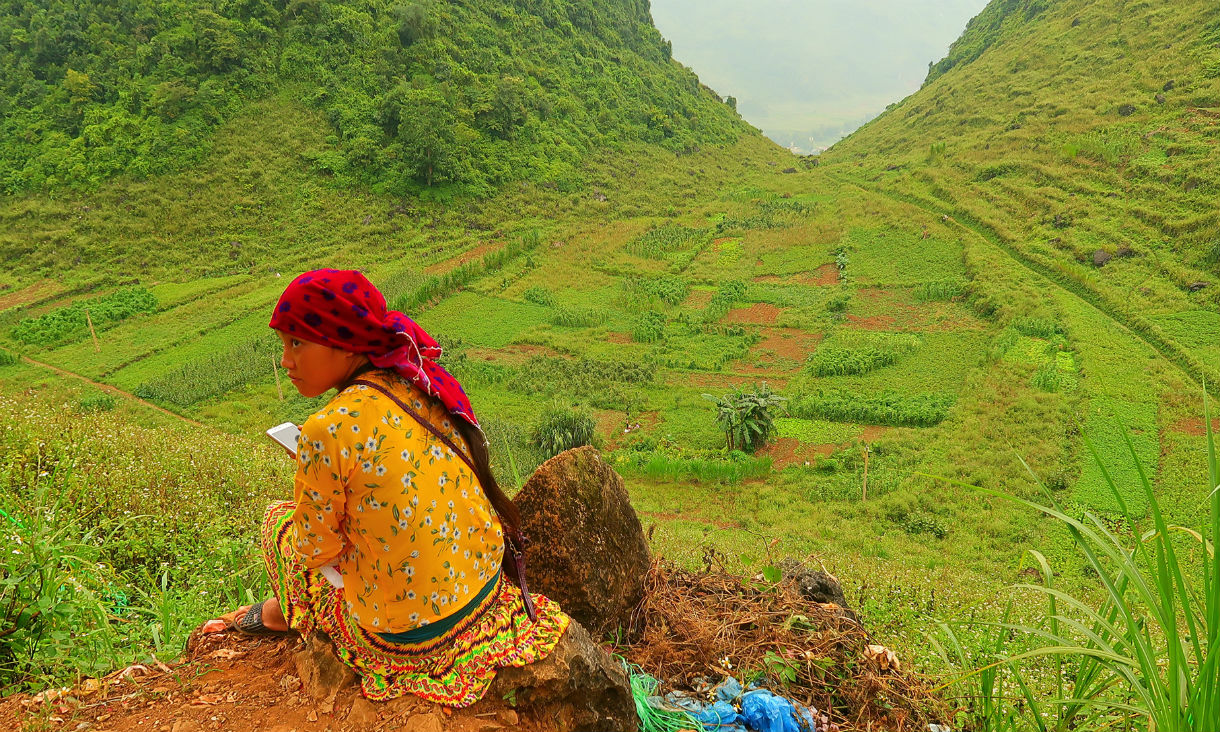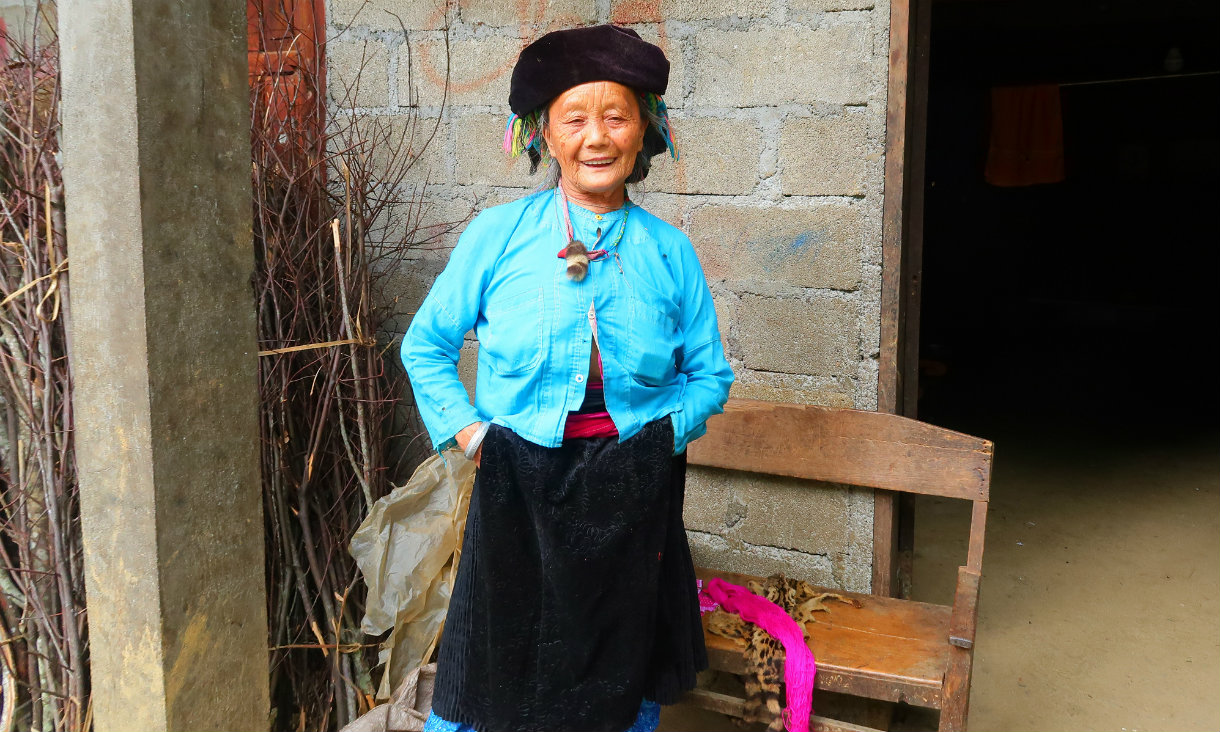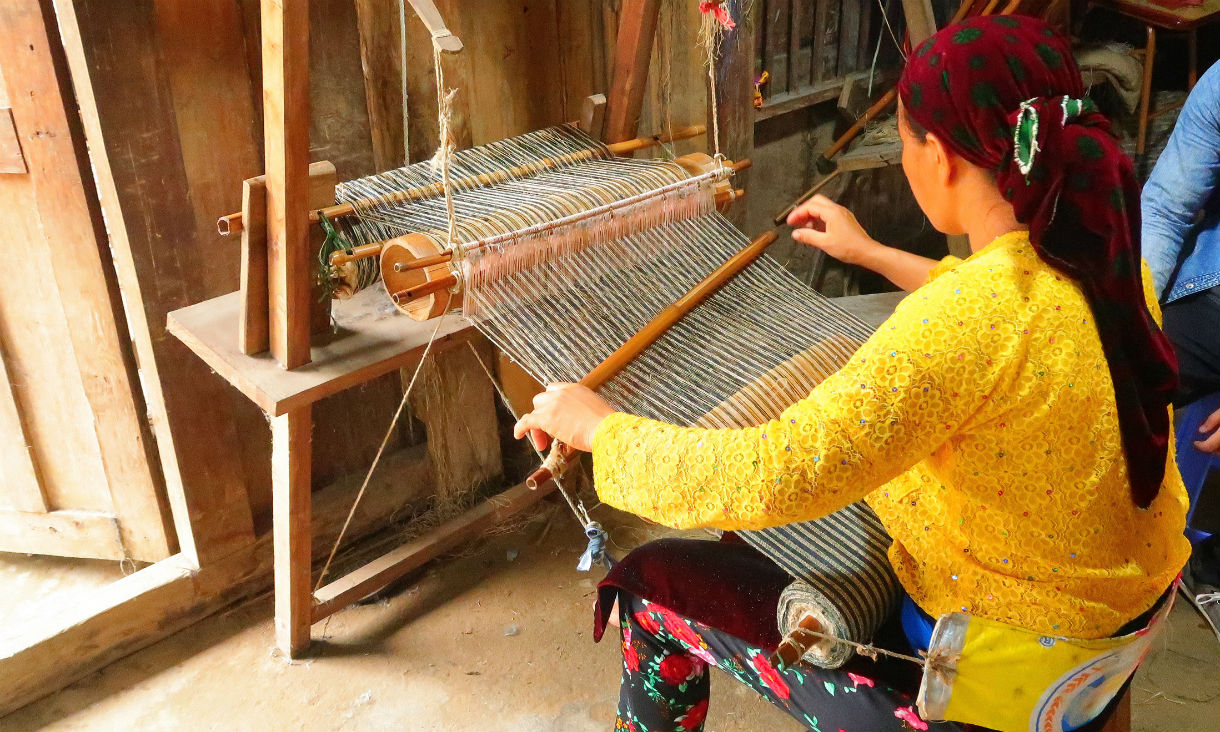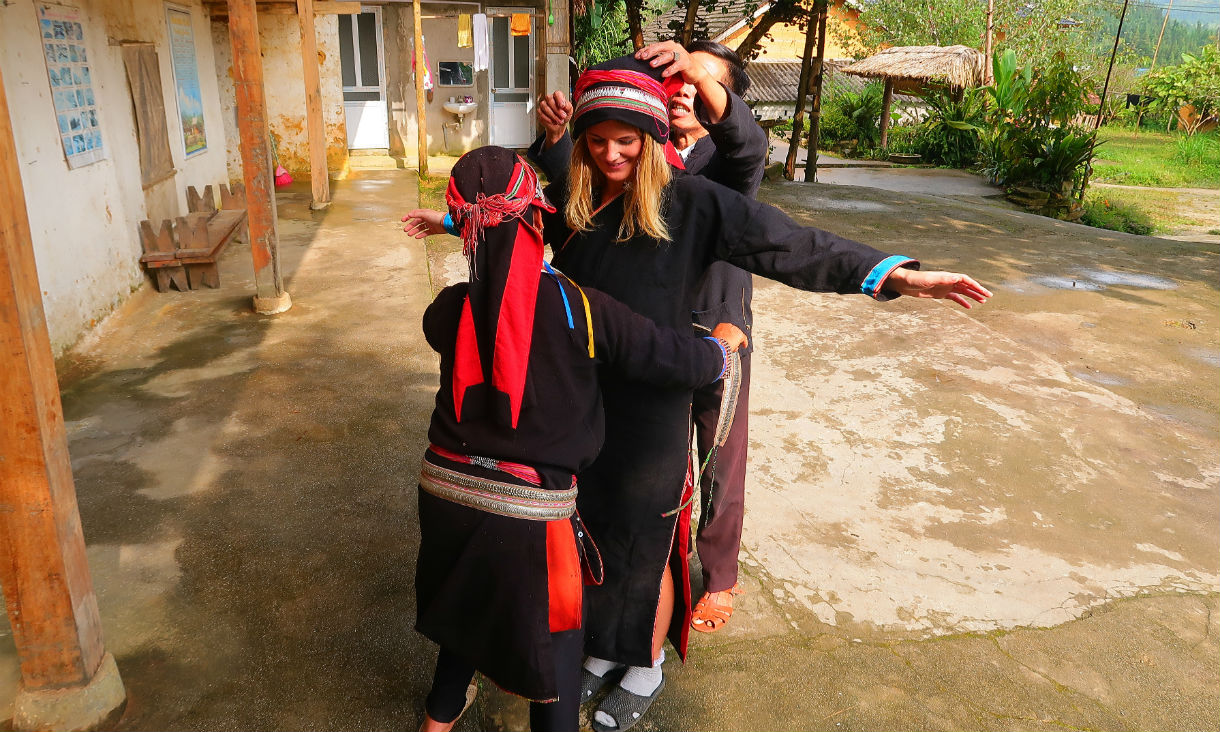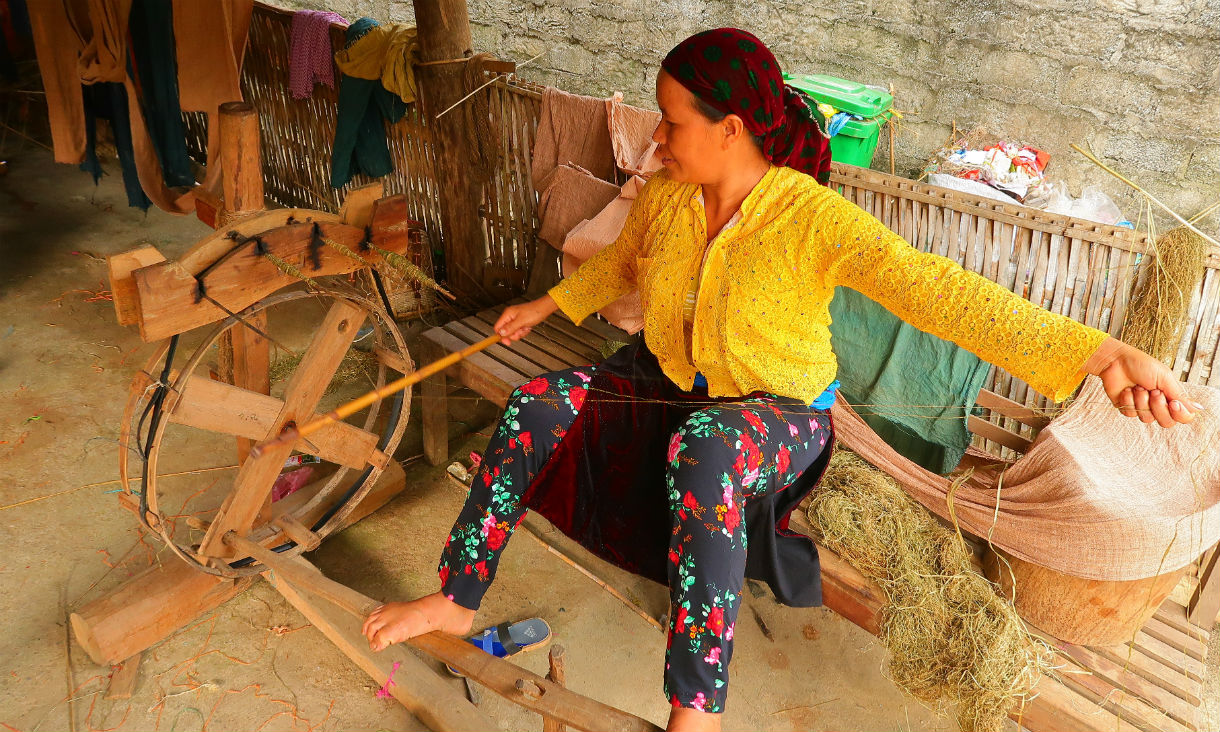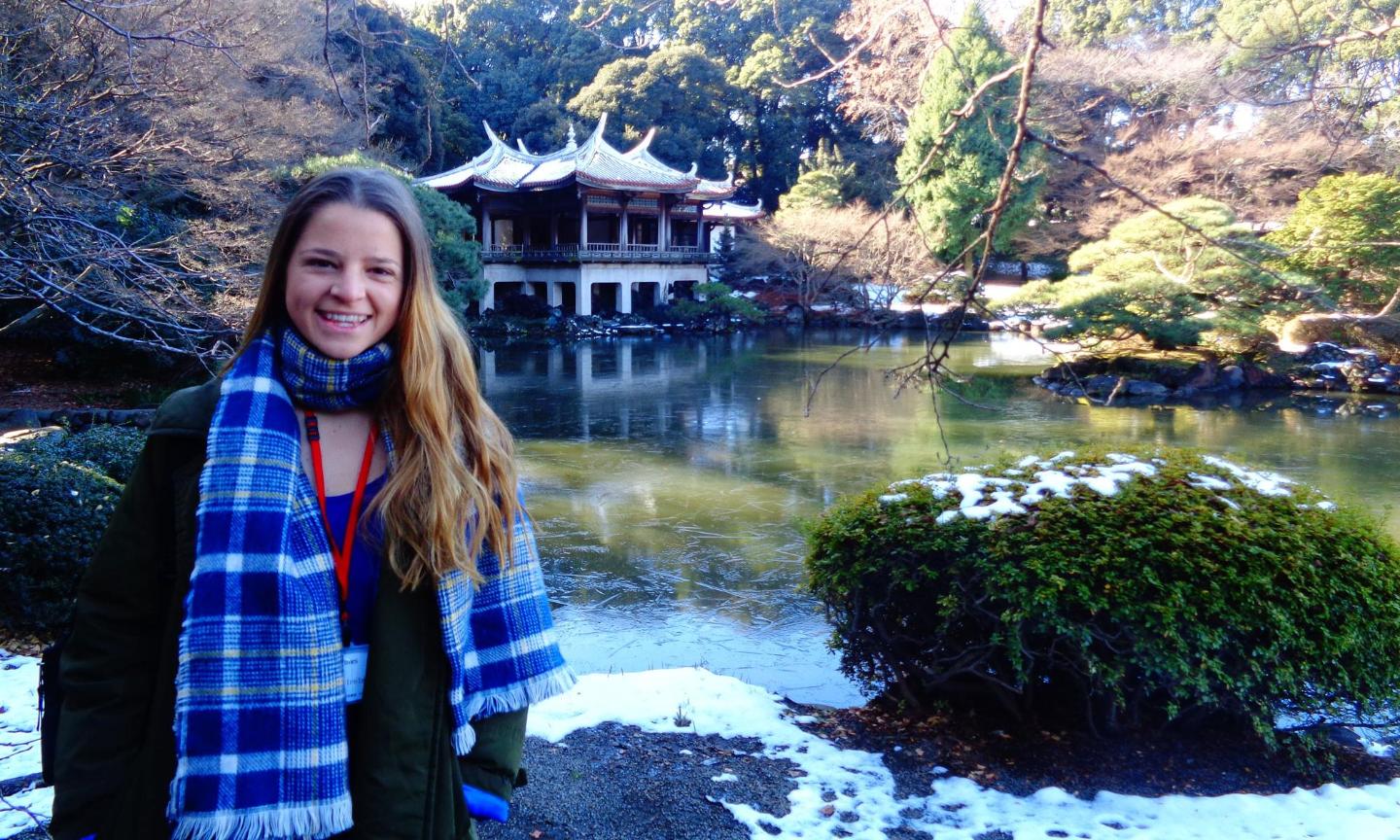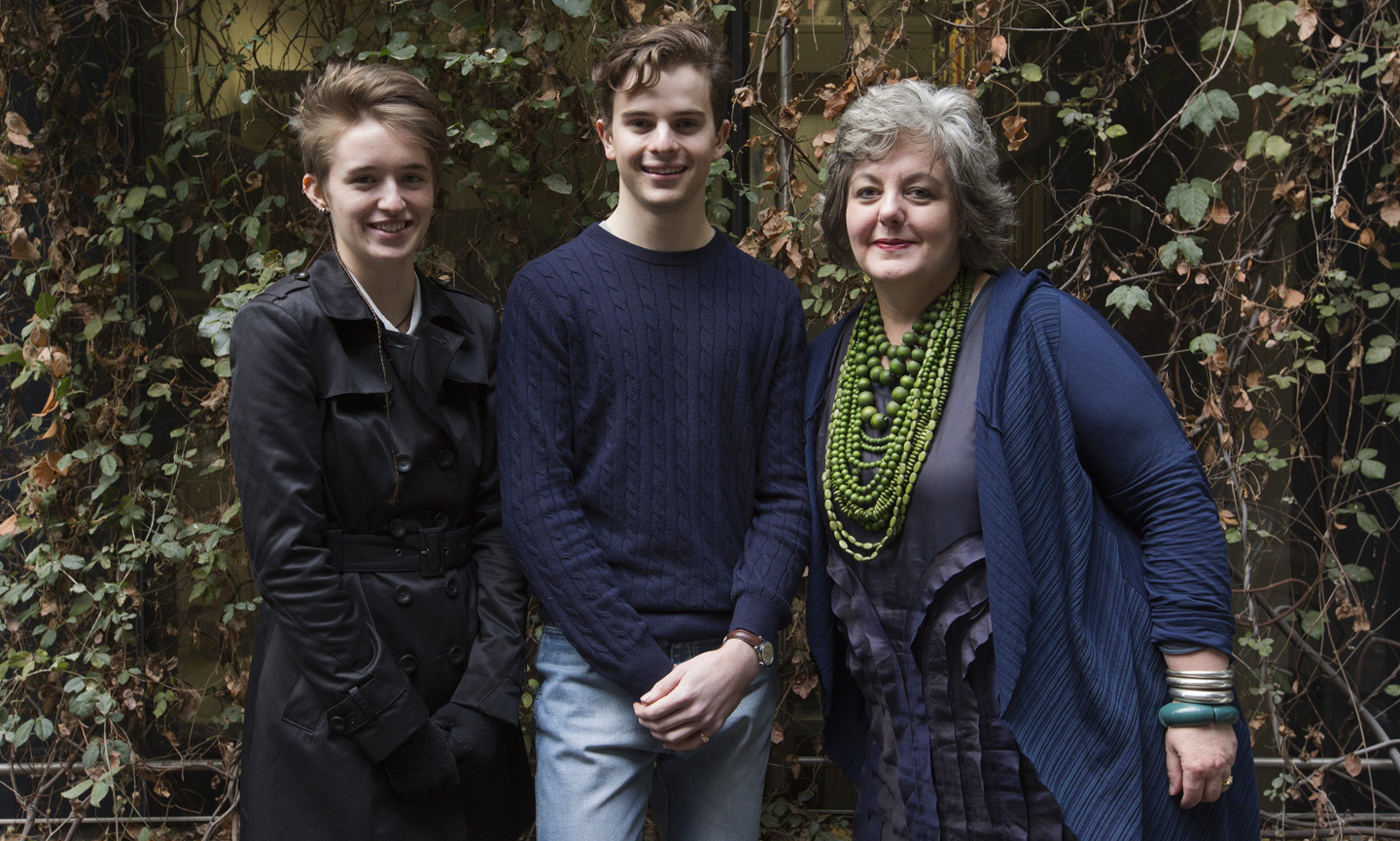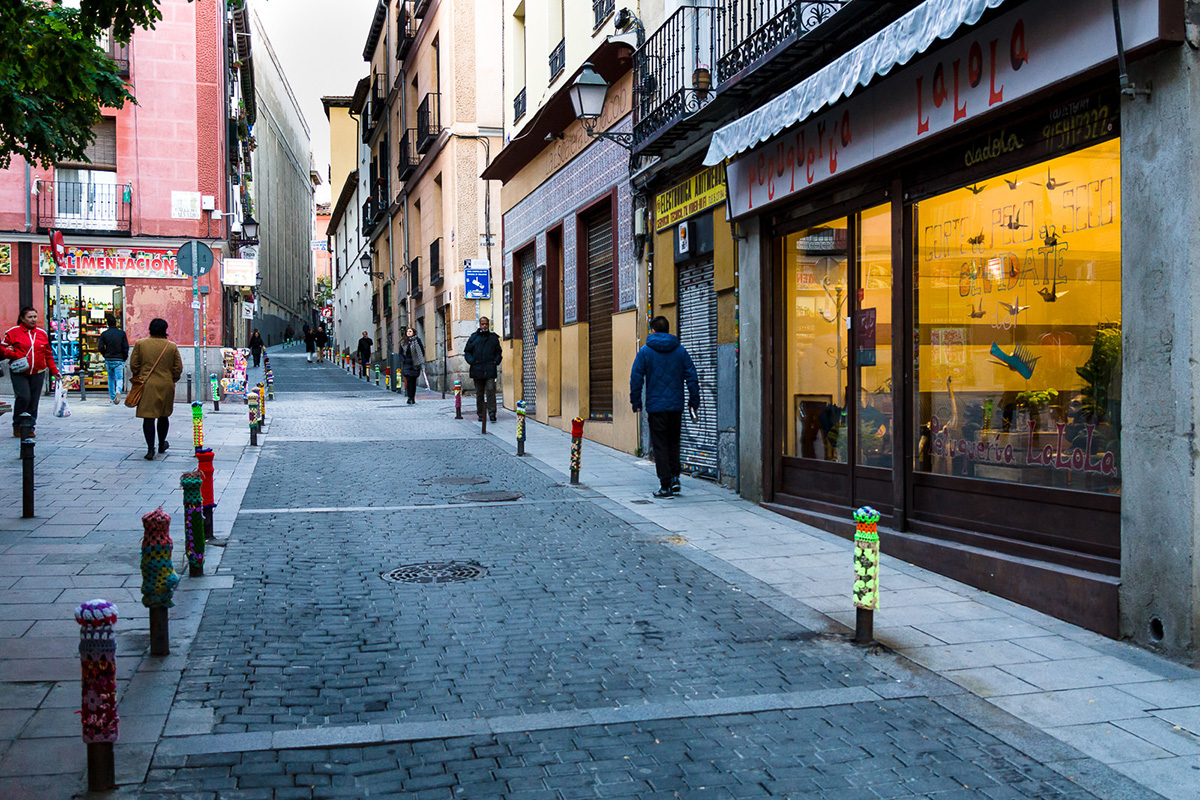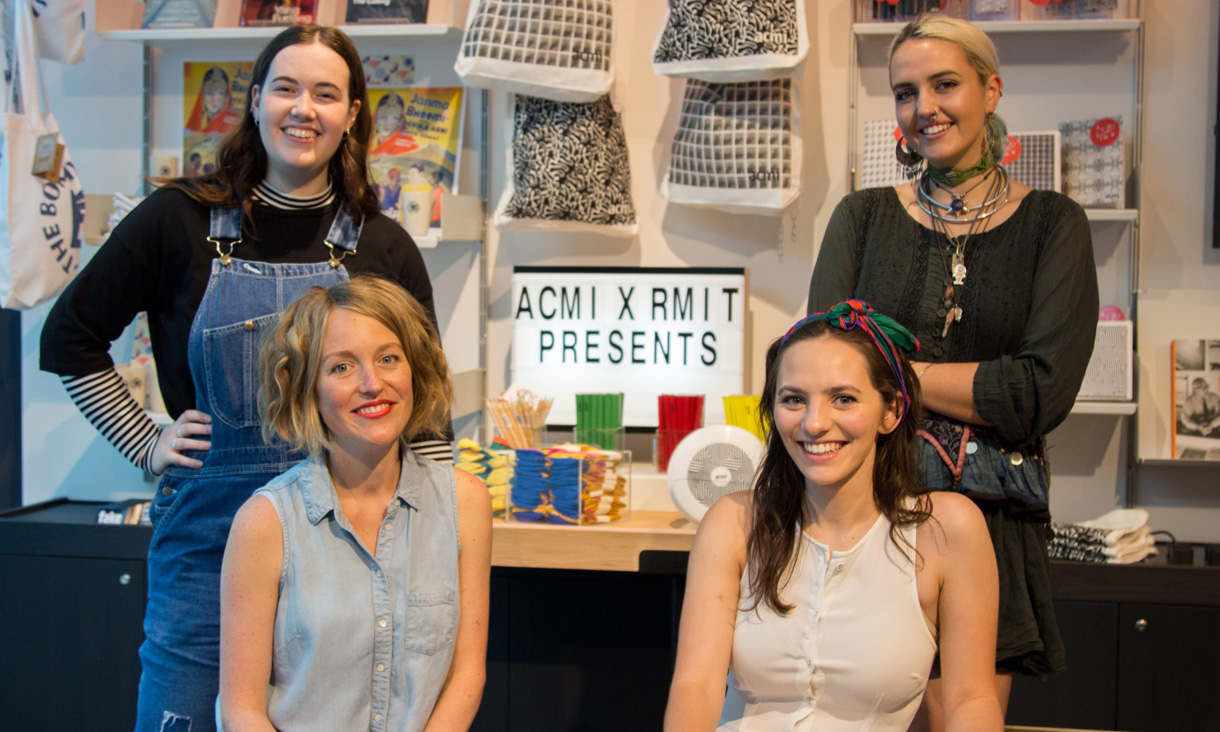Intern in Tokyo caught up in breaking news
Writing about David Bowie was the last thing Monica Ireland thought she’d be doing when she applied to do an internship at The Japan Times.
RMIT students to travel to India for literary study tour
Eighteen RMIT students have been selected to travel to India for the Cross Cultural Perspectives in Literary Event Management study tour, including placement at the Jaipur Literature Festival.
Gentrification and local democracy in Europe: Q&A with Kristin Reichborn-Kjennerud
Kristin Reichborn-Kjennerud, visiting scholar to RMIT's Centre for Urban Research, discusses urban development and the need for social mobilisation to address challenges faced by city residents.
RMIT students design ACMI’s first ever line of merchandise
The Australian Centre for the Moving Image (ACMI) has launched a fresh line of merchandise locally designed and produced in collaboration with RMIT textile design students.

